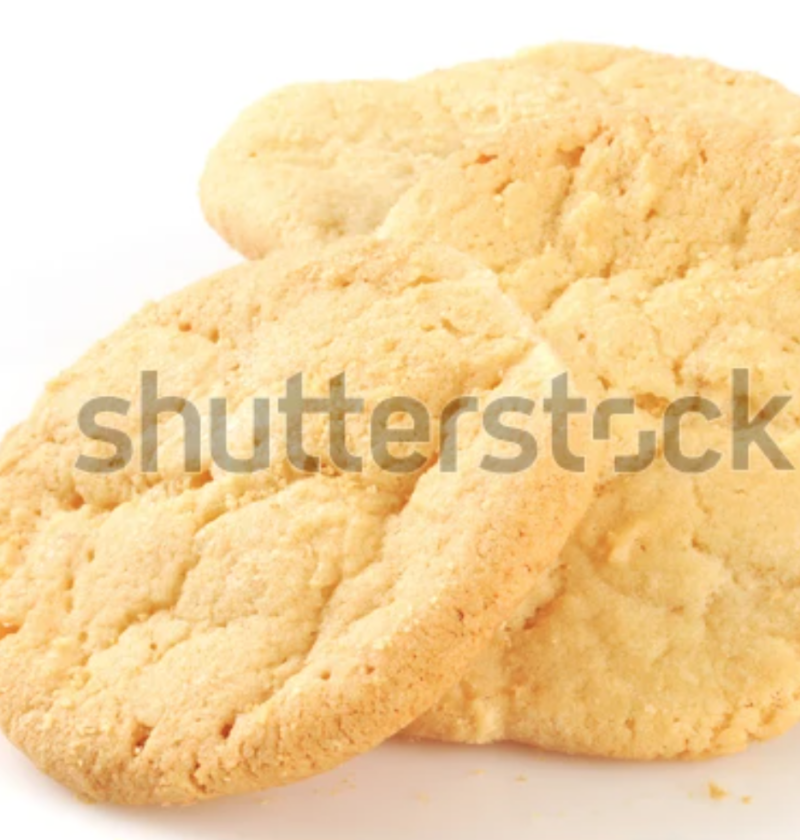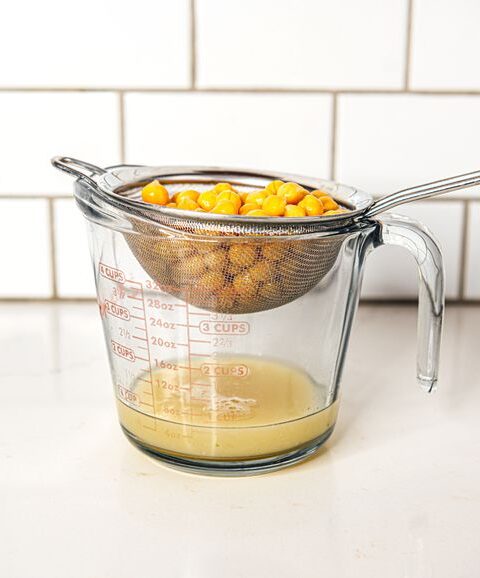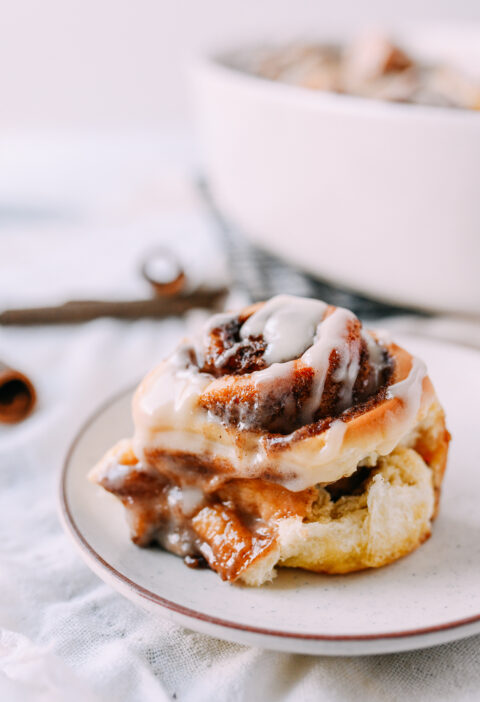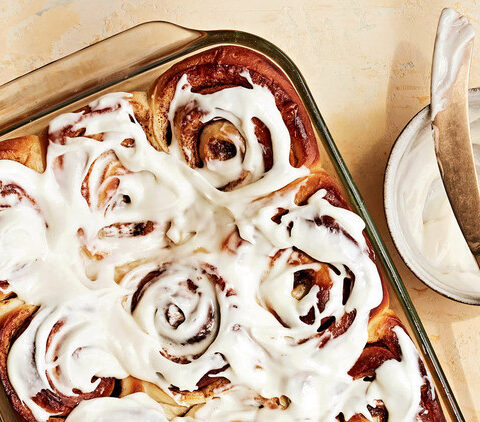Introduction
Have you ever wondered exactly why your grandmother makes cookies the way she does? In this article we will explain which parts in our sugar cookie recipe truly do have to be done a certain way and which parts can be changed and still result in a tasty sugar cookie. Zane and Trudy’s analysis of a sugar cookie recipe is here to help you in all your cookie cravings.
Ingredient Analysis
Sugar
Sugar is mostly added to recipes to make the food taste sweeter. Confectioners sugar is ground up granulated sugar. It is nearly 100% sucrose and because there are 1 ½ cups of sugar being added to the recipe, the sugar is providing flavor by adding sweetness. Sugar will also compete with the starch in flour for the water from the egg. This will cause the cookie to rise less than it might otherwise. This is important because we want minimal rise. The sugar will also hinder the formation and gluten and help keep the cookies soft and tender. With the amount of sugar added, the cookies also go through some Maillard browning to get that distinctive golden color.
Butter
Butter is a fat-water emulsion comprised of 80% fat and 20% water. This fat causes structural weakening to the dough because it limits gluten formation and causes it not to cling together as well. This helps tenderize the dough and keep the cookies from being too hard from excess gluten. This contributes to the sugar cookie’s distinctive chewy texture.
Egg
An egg is added to this recipe to provide structure to the flour. It binds the flour and other dry ingredients all together. The egg white will help the cookies rise as well. It will do this by adding more water to the dough since the egg white is 88% water. The steam will be trapped in the dough as the water evaporates. The egg yolk has more fat than the egg white and as such it primarily acts as a tenderizer. It helps give the cookies that distinctive chewy texture.
Vanilla & Almond Extracts
Vanilla & almond extract are predominantly composed of ethanol, but the extracts are not present in large enough quantities to significantly affect the structure of the cookie. Vanilla & Almond extract are very strong smelling ingredients and since 80% of flavor is smell, the extracts are added to the recipe for flavor. They enhance all the other flavors in the cookie and make each cookie even tastier.
All-Purpose Flour
The purpose of the flour is to provide structure to the cookie. It does this by forming gluten from two different proteins, gliadin and glutenin. The amount of flour also controls how much the cookie rises. Less flour means less gluten and therefore less structure to hold in the gasses that cause the dough to rise.
Baking Soda
Baking soda is added as a leavening agent. Baking soda’s only purpose is to give the cookies their distinctive rounded shape as the cookie rises. Baking soda is alkaline and needs an acid in order to act as a leavening agent.
Cream of Tartar
Cream of tartar acts as the acid to activate the baking soda. They will react together and leave little to nothing behind to influence the flavor.
Cooking Process Analysis
1. Mix sugar and butter.
So the first step in the cooking process is to mix the sugar and butter in order to evenly distribute the sugar throughout the butter. In addition, this mixing also aerates the butter and increases its volume.
2. Add egg and flavorings, mix thoroughly.
Adding eggs and the almond and vanilla extracts comes next. Add it to the sugar and butter mixture. Then mix thoroughly. It is important to mix thoroughly to break apart the proteins in the eggs using the stretching method. Doing this with the sugar and butter instead of the other ingredients will separate them.
3. Measure flour by dipping method.
The dipping method is to dip the measuring cup into the container of flour to fill it and then to brush off any excess flour using a flat object like the back of a knife.
4. Stir dry ingredients together and blend in.
You stir all the dry ingredients together simultaneously in order to evenly spread baking soda throughout the mixture. This makes sure everything will rise evenly later in the recipe. You only blend in the ingredients in order to prevent tons of gluten formation.
5. Refrigerate 2-3 hours.
During this time the flour proteins and starches begin to break down. They are normally broken down and rearranged during the cooking process and this jumpstart to the process results in better flavor and browning. Additionally, this chilling process causes the cookie dough to become firmer as the fats in the butter cool and therefore melt slower and spread less during the cooking process. This results in sugar cookies with that distinctive rounded shape.
6. Heat oven to 375 degrees.
Here it’s important that the oven rack they go on is in the middle of the oven. Too high and the tops will be crispier than the bottoms and too low and the opposite will happen.
7. Divide dough in thirds and roll 3/16” thick on lightly floured pastry cloth.
Taking the dough and separating it into thirds will allow you to do it in a smaller space as well as have multiple people cut cookies at once. You use pastry cloth and lightly flour it so that cookies don’t stick and are easy to transfer to the cookie sheet.
8. Cut with cookie cutter, (sprinkle with sugar here if you are not planning to ice them).
If you want to keep all the cookies the same shape and size, using a cookie cutter will keep the cookies uniformed. Additionally, many people gather up the dough after cutting out cookies and reroll it to continue making cookies. This is perfectly fine, but each time you do so you are creating more gluten and each subsequent batch will be tougher and less tender.
9. Place on lightly greased baking sheet.
Greasing the baking sheet will help the cookies not stick when you have to transfer them off of the sheet after baking.
10. Bake 7-8 minutes or until delicately golden.
Depending on how your oven works, the times may be different. With your first time making the cookies with a new oven, you may want to open the oven and check on the cookies periodically since not every oven cooks the same way.
Potential Adjustments
Brown Sugar
This recipe calls for confectioner’s sugar. But what happens when you use brown sugar instead of white sugar? Chemically, brown sugar has a lower percentage of sucrose, 99% vs. 95%, but in terms of sweetness they are around the same. The addition of molasses during the creation of brown sugar results in a deeper, richer flavor. The molasses will burn and cause maillard browning which will also cause the cookies to change in color to a darker gold. SeriousEats stated that brown sugar made their sugar cookies thinner and chewier. (SeriousEats). Their recipe; however, used baking powder instead of baking soda and an acidic component. Because brown sugar is slightly acidic, it is likely the amount of cream of tartar will need to be reduced so that the cookies won’t have an off taste to them. And it won’t be necessary to have so much of an acidic substance to activate the baking soda in the mixture.
Baking Soda & Cream of Tartar Vs Baking Powder
The sugar cookie recipe calls for baking soda and cream of tartar. The baking soda gives rise to the cookies so that they are not flat while cooking. But what happens if you substitute it for baking powder? Baking soda and baking powder do not react the same way but deliver similar results. Baking soda needs an acid to activate it. Double acting baking powder, the one that is mostly sold in stores, reacts to a liquid and heat. Once when added to the dough with water, and again while the cookies are cooking in the oven. These two instances add carbon dioxide. It makes the dough rise twice. Because we substitute baking soda for baking powder, we don’t need to add an acid like cream of tartar because an acid is not what will activate the baking powder. You will also need to add more liquid to the recipe because the baking powder reacts to liquid, not acid.
Annotated Bibliography
Featured Image from Shutterstock, https://www.shutterstock.com/image-photo/home-baked-sugar-cookies-on-white-252427708.
López-Alt, J. K. The Food Lab’s Chocolate Chip Cookies Recipe. https://www.seriouseats.com/the-food-lab-best-chocolate-chip-cookie-recipe (accessed Feb 26, 2022).
Parks, Stella. Cookie Science: The Real Differences Between Brown and White Sugars. https://www.seriouseats.com/faq-difference-brown-white-granulated-sugar-baking-cookies. (accessed Feb 26, 2022).
Parks, Stella. How Does Baking Powder Affect My Cookies? https://www.seriouseats.com/cookie-science-baking-powder. (accessed Feb 26, 2022).
Parks, Stella. Soft and Chewy Sugar Cookies Recipe. https://www.seriouseats.com/soft-and-chewy-sugar-cookie-recipe (accessed Feb 26, 2022).
Parks, Stella. Cookie Science: How Do Eggs Affect My Cookies? https://www.seriouseats.com/cookie-science-how-do-eggs-affect-my-cookies. (accessed April 7, 2022).
Potter, J. Cooking for Geeks: Real Science, Great Cooks, and Good Food, 2nd ed.; O’Reilly: Sebastopol, CA, 2016.
Provost, J. J.; Colabroy, K. L.; Kelly, B. S.; Wallert, M. The Science of Cooking: Understanding the Biology and Chemistry Behind Food and Cooking; New Jersey: Hoboken, 2016. DOI 4530809.
Vaughan, Kelly. Here’s Why You Should Refrigerate Cookie Dough Before Baking. https://www.marthastewart.com/8035460/should-you-refrigerate-cookie-dough (accessed Feb 26, 2022).




